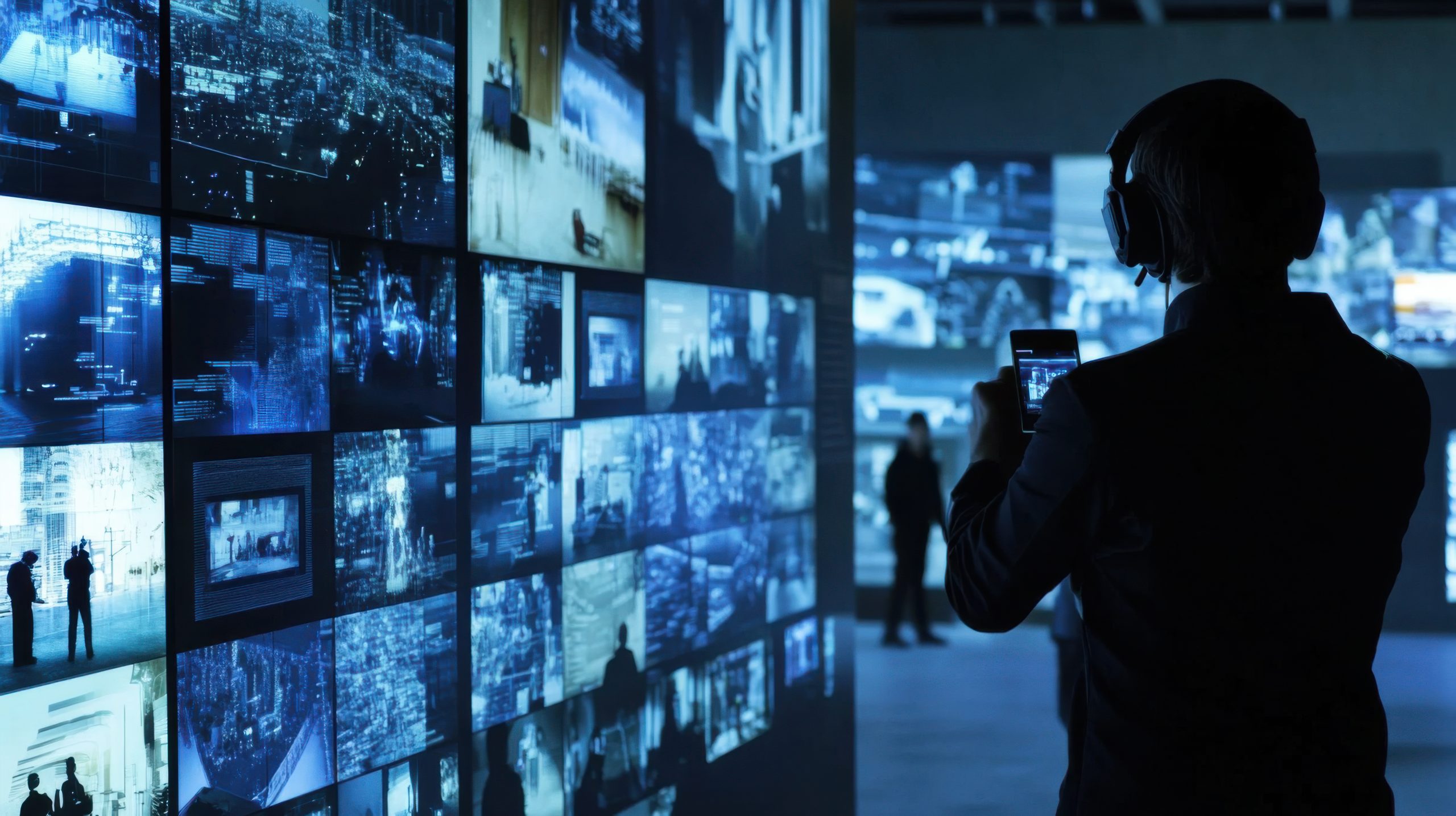Surveillance Meets Artificial Intelligence
As cities evolve into smart ecosystems, public surveillance has undergone a significant transformation. Traditional CCTV systems are now being enhanced, or in some cases, replaced, by AI-powered systems capable of facial recognition, predictive behavior analysis, and real-time threat detection. While the potential benefits are vast, so too are the ethical dilemmas these technologies introduce.
The Benefits: Efficiency, Safety, and Smart Cities
AI surveillance systems can process massive amounts of data quickly, identify suspicious behavior in real time, and help authorities respond faster to emergencies. In crowded spaces like airports, stadiums, or urban intersections, this can drastically improve both security and operational efficiency.
For instance, traffic cameras powered by AI can predict congestion and adjust signals dynamically. Law enforcement can use AI analytics to prevent crimes by identifying patterns before they escalate. In theory, this contributes to a safer, more responsive urban environment.
Ethical Concerns: Privacy, Consent, and Misuse
Despite these advantages, AI surveillance poses serious ethical questions. Do citizens have the right to know when and how they are being watched? What happens to the data collected, and who owns it?
The lack of informed consent and the potential for mass surveillance raise concerns about a slippery slope toward authoritarian oversight. Facial recognition, in particular, has already sparked global controversy due to its misuse and bias issues. As explored in The Dark Side of AI: Facial Recognition and Blackmailing, such technologies can be weaponized for exploitation and manipulation.
Legal Landscape: Is Regulation Catching Up?
Many governments lag behind in crafting comprehensive laws that address the complexities of AI-driven surveillance. Some countries implement strict data protection laws, while others encourage surveillance in the name of national security. This legal inconsistency creates a patchwork of accountability, leaving room for abuse and confusion.
Without universal standards, it becomes difficult to enforce ethical boundaries, especially when technology evolves faster than legislation.
Finding a Balance: Transparency and Accountability
To build trust, AI surveillance must be governed by transparent frameworks. Public input, independent audits, and clear usage policies should be mandatory. Citizens should be informed and empowered to question how and why surveillance is used in their communities.
Thoughtful implementation, combined with strong ethical guidelines, as discussed in The Ethics of Artificial Intelligence and Its Balance, can help ensure that AI remains a force for good rather than a tool for unchecked control.
Conclusion
AI-powered surveillance offers both promise and peril. Striking a balance between public safety and personal freedom is crucial. As the line between privacy and security continues to blur, ongoing dialogue and responsible innovation will be the keys to shaping a future where both coexist.





Leave a Reply